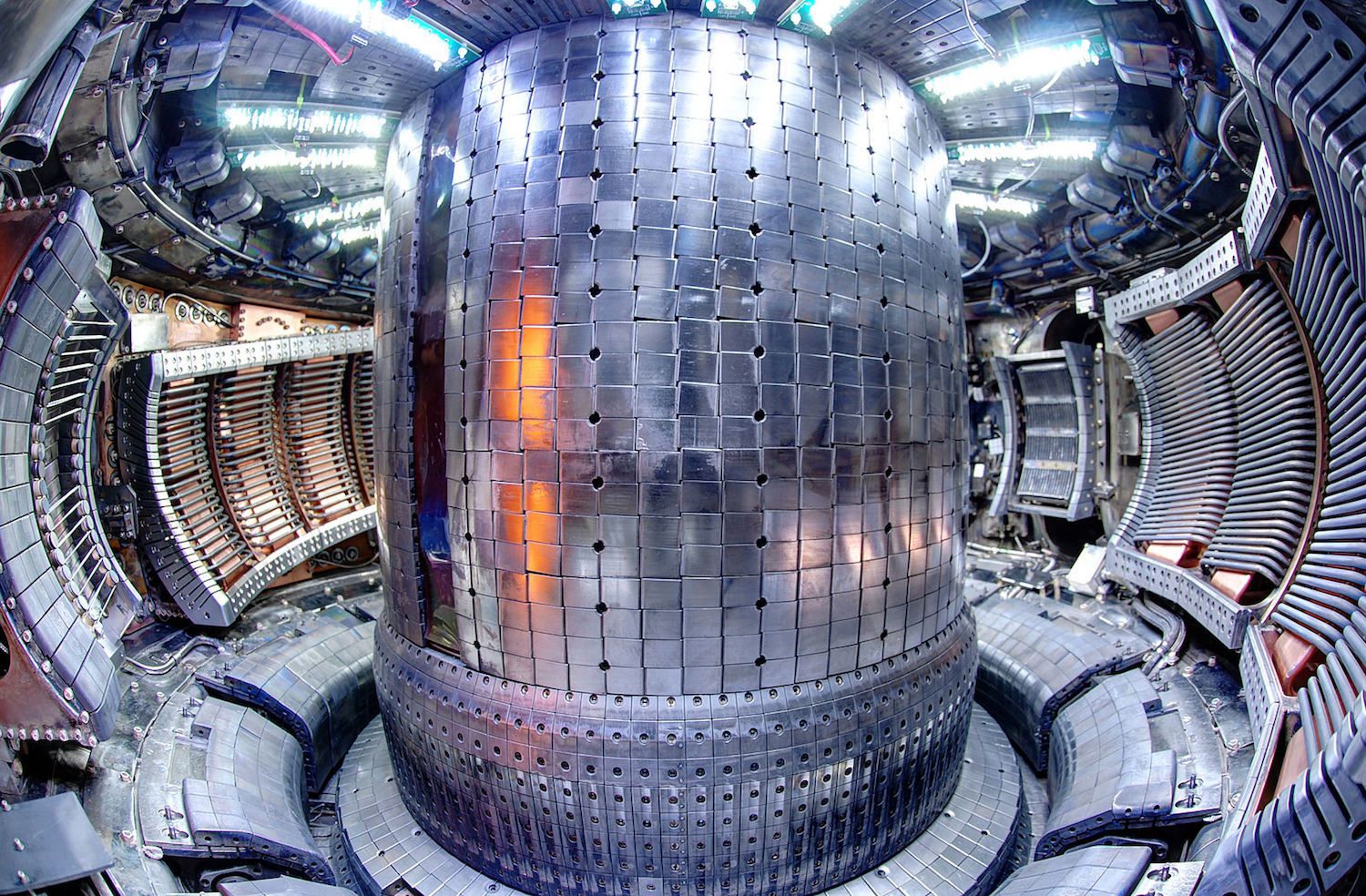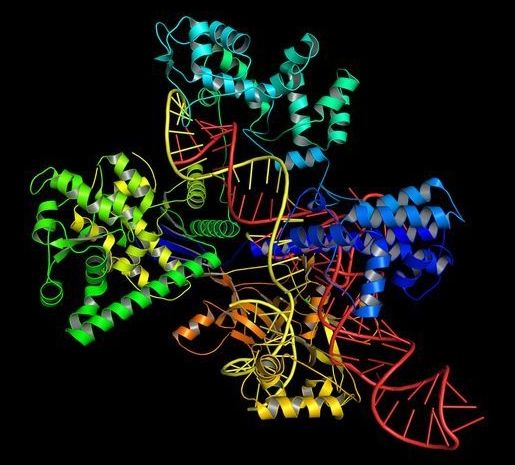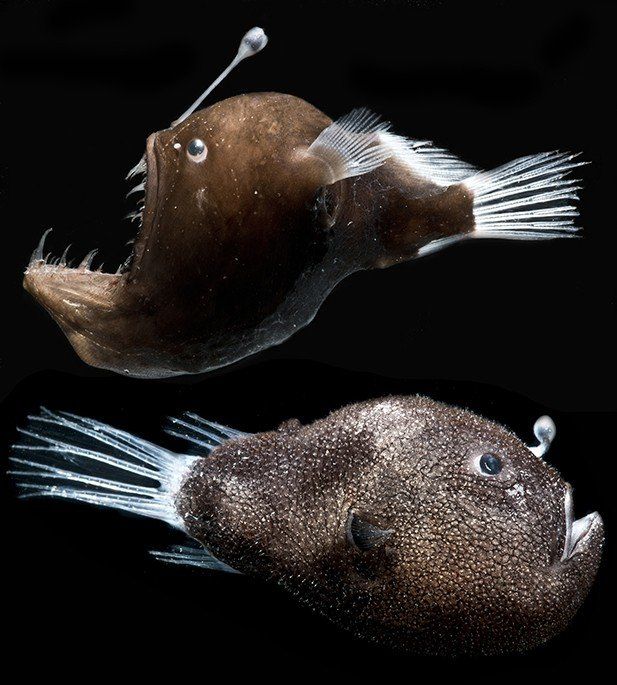Experts were able to simulate the mechanism that stabilizes plasma in fusion reactors. This development could take humankind one step closer to a clean, unlimited source of fusion energy.



Scientists made molecules that spin around each other a billion times per second, the fastest mechanical rotation on record. They want to use these spinning molecules to study the very fabric of spacetime.
The two independent teams were studying how light’s energy could make molecules move, and ended up generating incredible spin frequencies. But if the spins are fast enough, it could be a way to measure the friction that particles might feel against spacetime itself.

Researchers have figured out details about how some specific type of cancers become drug-resistant.
Researchers at the Rockefeller University have clarified the mechanism by which certain types of breast cancer become immune to specific drugs designed to eliminate them. More specifically, they figured out how the loss of the protein 53BP1 due to BRCA1 mutation allows cancers to become insensitive to PARP inhibitors [1].
Study summary

An international team of scientists has shown how much sea level would rise if Larsen C and George VI, two Antarctic ice shelves at risk of collapse, were to break up. While Larsen C has received much attention due to the break-away of a trillion-tonne iceberg from it last summer, its collapse would contribute only a few millimetres to sea-level rise. The break-up of the smaller George VI Ice Shelf would have a much larger impact. The research is published today in the European Geosciences Union journal The Cryosphere.
Recent, rapid warming in the Antarctic Peninsula is a threat to ice shelves in the region, with Larsen C and George VI considered to have the highest risk of collapse. Because these large ice platforms hold back inland glaciers, the ice carried by these glaciers can flow faster into the sea when the ice shelves collapse, which contributes to sea-level rise. The new study shows that a collapse of Larsen C would result in inland ice discharging about 4 mm to sea level, while the response of glaciers to George VI collapse could contribute over five times more to global sea levels, around 22 mm.
“These numbers, while not enormous in themselves, are only one part of a larger sea-level budget including loss from other glaciers around the world and from the Greenland, East and West Antarctic ice sheets. Taken together with these other sources, the impacts could be significant to island nations and coastal populations,” explains study-author Nicholas Barrand, a glaciologist at the University of Birmingham in the UK. He adds: “The Antarctic Peninsula may be seen as a bellwether for changes in the much larger East and West Antarctic ice sheets as climate warming extends south.”
In 1610, Galileo redesigned the telescope and discovered Jupiter’s four largest moons. Nearly 400 years later, NASA’s Hubble Space Telescope used its powerful optics to look deep into space—enabling scientists to pin down the age of the universe.
Suffice it to say that getting a better look at things produces major scientific advances.
In a paper published on July 18 in The Astrophysical Journal, a team of scientists led by Craig DeForest—solar physicist at Southwest Research Institute’s branch in Boulder, Colorado—demonstrate that this historical trend still holds. Using advanced algorithms and data-cleaning techniques, the team discovered never-before-detected, fine-grained structures in the outer corona—the Sun’s million-degree atmosphere—by analyzing images taken by NASA’s STEREO spacecraft. The new results also provide foreshadowing of what might be seen by NASA’s Parker Solar Probe, which after its launch in the summer 2018 will orbit directly through that region.

After years of debate, the International Chronostratigraphic Chart has officially been revised. What does that mean, exactly? Our current point in Earth’s geological timeline has been updated so that we’re now living in the Meghalayan age, which kicked off 4,200 years ago with a catastrophic two-century drought that destroyed several civilizations.



New research using a decade of data from ESA’s Mars Express has found clear signs of the complex Martian atmosphere acting as a single, interconnected system, with processes occurring at low and mid levels significantly affecting those seen higher up.
Understanding the Martian atmosphere is a key topic in planetary science, from its current status to its past history. Mars’ atmosphere continuously leaks out to space, and is a crucial factor in the planet’s past, present, and future habitability – or lack of it. The planet has lost the majority of its once much denser and wetter atmosphere, causing it to evolve into the dry, arid world we see today.
However, the tenuous atmosphere Mars has retained remains complex, and scientists are working to understand if and how the processes within it are connected over space and time.

You may recognize the anglerfish from its dramatic appearance in the hit animated film Finding Nemo, as it was very nearly the demise of clownfish Marlin and blue-tang fish Dory. It lives most of its life in total darkness more than 1,000 meters below the ocean surface. Female anglerfish sport a glowing lure on top of their foreheads, basically a pole with a light bulb on its end, where bioluminescent bacteria live. The light-emitting lure attracts both prey and potential mates to the fish.
Despite its recent fame, little is known about anglerfish and their symbiotic relationship with these brilliant bacteria, because the fish are difficult to acquire and study.
For the first time, scientists have sequenced and analyzed the genomes of bacteria that live in anglerfish bulbs. The bacteria were taken from fish specimens collected in the Gulf of Mexico.